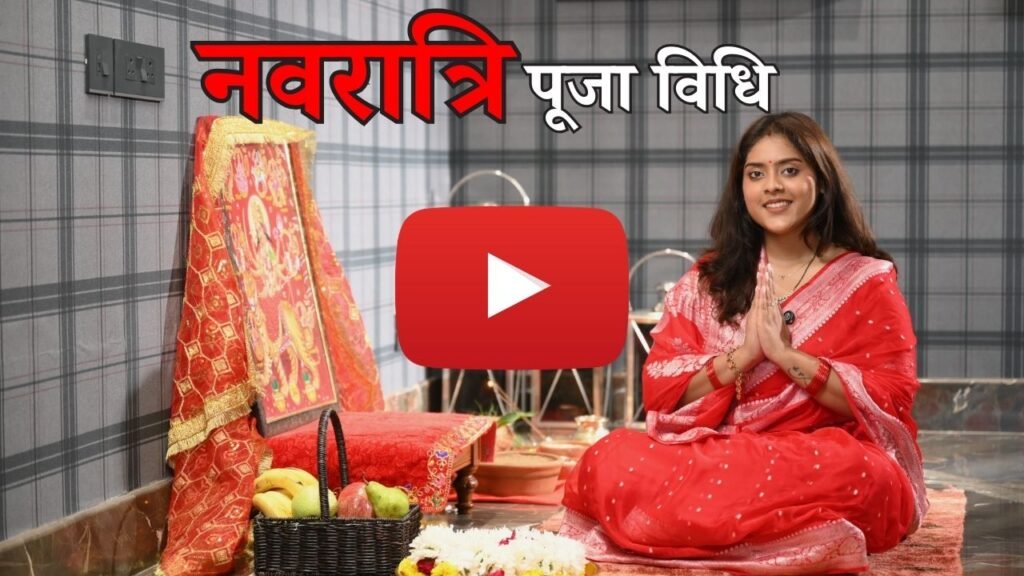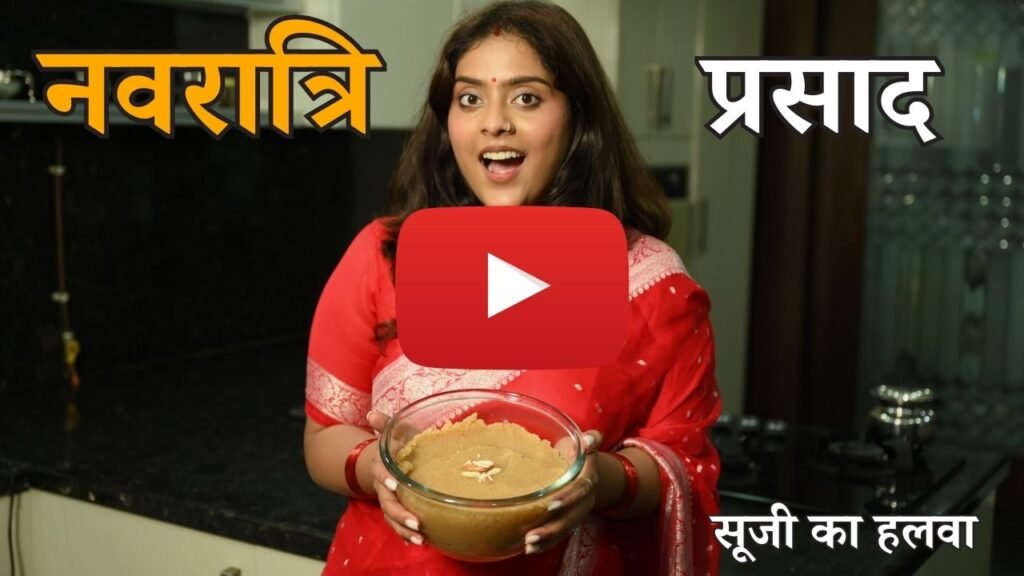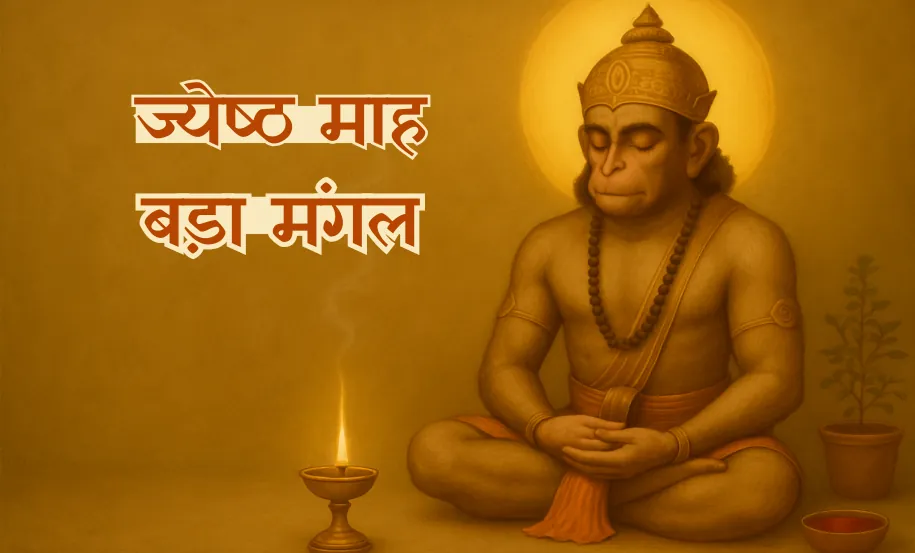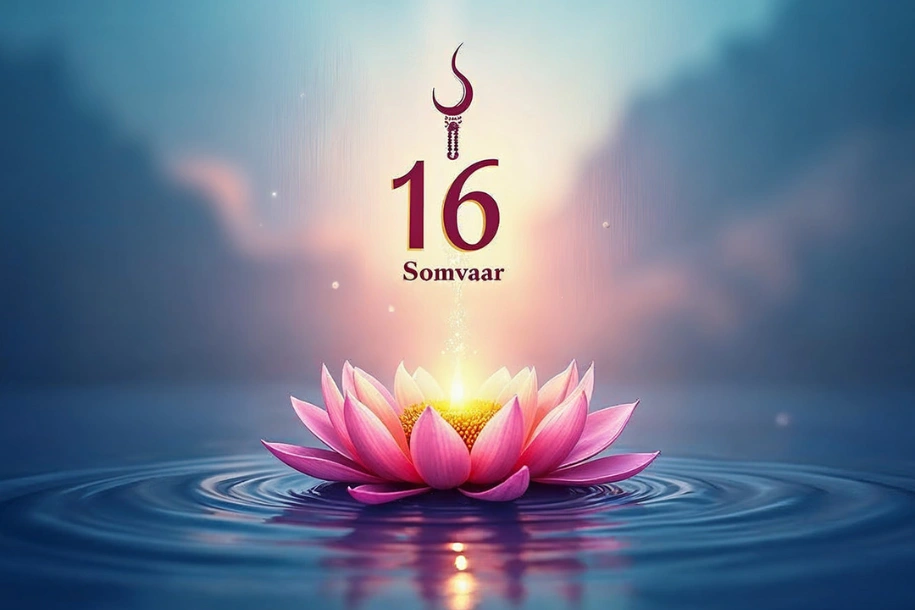Navratri Vrat Kaise Kare: Complete Guide with Vrat kath and Vrat items
Navratri Vrat
Navratri is one of the most significant festivals in Hindu dharm, celebrated with devotion, fasting, and worship of Goddess Durga and her nine forms. Navratri Vrat (fast) holds spiritual, religious, and health benefits, making it one of the most important observances for devotees.
In this blog, we will explore Navratri vrat 2025, its importance, Navratri vrat katha, fasting rules, what to eat and avoid, and the items used in vrat rituals.
Navratri Vrat 2025
Every year, Navratri is observed twice – Chaitra Navratri (March–April) and Sharadiya Navratri (September–October). In 2025, Sharadiya Navratri will be celebrated with great enthusiasm across India.
During Navratri vrat, devotees observe fasting and worship Goddess Durga to seek her blessings for happiness, prosperity, and protection from negative energies. Fasting not only purifies the body but also the mind and soul.
Navratri Vrat Katha – The Story of Sumati and Goddess Durga
Once, Sage Brihaspati asked Lord Brahma about the importance of Navratri vrat, its origin, and the benefits of observing it. Brahma narrated a sacred story:
In a town called Peethat, there lived a poor but devoted Brahmin named Anath. He had a beautiful daughter named Sumati. Anath was a staunch devotee of Goddess Durga and performed her puja daily. One day, when Sumati neglected the puja, her father became angry and married her off to a leper out of punishment.
Sorrowful but faithful, Sumati accepted her fate and went with her husband to the forest. There, Goddess Durga appeared before her, pleased with the purity of her heart. The Goddess revealed that in her past life, Sumati had unknowingly observed the nine days of Navratri fast while imprisoned without food or water. Because of that vrat, divine blessings followed her.
When asked for a boon, Sumati prayed for her husband’s health. Moved by her devotion, the Goddess cured her husband completely, making him radiant like gold. She also blessed Sumati with a wise and prosperous son in the future. Finally, the Goddess explained the proper method of observing Navratri vrat — fasting with devotion, worshipping Mahakali, Mahalakshmi, and Mahasaraswati, offering flowers, fruits, and havan, and giving charity.
Thus, Brahma explained that Navratri vrat fulfills all desires: wealth, health, children, knowledge, and even liberation. Whoever observes it with devotion receives blessings from Goddess Durga and attains happiness and prosperity.
Navratri Vrat Rules
When observing Navratri vrat, certain rules (Navratri vrat niyam) must be followed:
Cleanliness – Maintain personal and home hygiene before starting puja.
Kalash sthapana – Place kalash, diya, and idols/posters of Goddess Durga.
Food Restrictions – Only vrat-friendly food is consumed.
Satvik lifestyle – Avoid anger, lying, alcohol, smoking, and non-veg food.
Daily Pooja – Light an akhand diya and chant mantras.
Offerings – Use roli, akshat, chandan powder, gangajal, flowers, fruits, and sweets in worship.
Navratri me kya khana chahiye?
During vrat, you can eat:
Fruits (apple, banana, papaya, etc.).
Sabudana khichdi, kuttu atta poori, singhara atta halwa
Milk, paneer, curd
Potatoes, sweet potato, arbi, lauki
Panchmeva (dry fruits) for energy
Navratri me kya nahi karna chahiye?
Avoid these during fast:
Onion, garlic, non-veg food.
Wheat, rice, pulses.
Alcohol or smoking.
Cutting nails, shaving, or engaging in tamasic activities
Why Is Navratri Vrat Most Important In Hindu Dharma?
In Hindu dharm, Navratri holds supreme importance because it honors Shakti (divine feminine energy). It is believed that without Shakti, even Lord Vishnu and Lord Shiva cannot function. By observing Navratri vrat, devotees purify their mind, body, and soul and invite blessings of Goddess Durga for health, wealth, and protection.
Navratri Vrat Items And Its Importance
Here are some Navratri puja samagri items used in vrat and their significance:
Maa Durga Idol or Poster – For invoking prosperity and blessings
Akhand Diya – Symbol of eternal divine light.
Set of Diya – To illuminate home and temple space.
Aarti Thali – For offering aarti with roli, akshat, flowers, and diya.
Copper Kalash – Represents abundance and divine energy.
Gangajal – For purification.
Roli & Kumkum – For tilak during puja.
Mauli (Kalawa thread) – For protection and blessings.
Akshat (rice) – Symbol of prosperity.
Batti (cotton wicks) – For diyas.
Ghee – For lighting diya.
Kapur (Camphor)– For aarti and cleansing negative energy.
Red Cotton Cloth – To place deity and kalash.
Using these Navratri vrat items properly ensures a complete, traditional, and spiritually fulfilling puja.
Benefits of Navratri Vrat
Benefits of Navratri Vrat are:
It Strengthens your connection with Goddess Durga.
Encourages control over desires.
Any Vrat purifies your soul, body and mind.
Brings peace to your home, positive energy all over, and good health.
Navratri Puja Vidhi & Halwa Prasad Recipe
Frequently Asked Questions
Navratri vrat me kya khana chahiye?
Fruits, milk, vrat atta, potatoes, sabudana, makhana, and panchmeva.
Navratri me kya nahi khana chahiye?
Onion, garlic, wheat, rice, alcohol, and non-veg food.
Navratri vrat katha pdf कहाँ मिलेगी?
You can find it online or in local temple shops and you can check santanajourney.com for daily goddess and their vrat katha.





